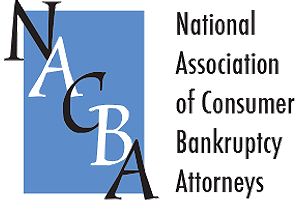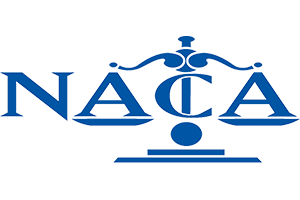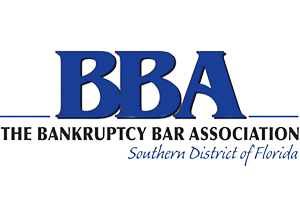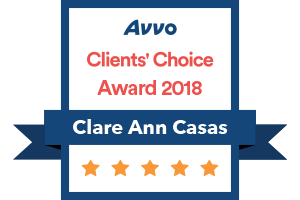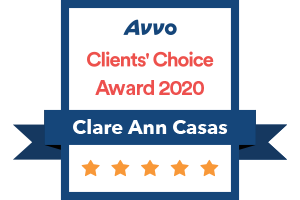Chapter 11
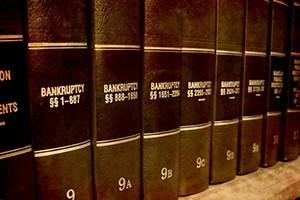
CHAPTER 11 BANKRUPTCY OR CHAPTER 13 BANKRUPTCY?
When we hear the words “Chapter 11” many of us think of a big corporation in financial trouble. Actually, Chapter 11 protection is not exclusive to big corporations; it is also available to individuals and small businesses. In a Chapter 11 an individual or business may reorganize debts and create an affordable payment plan that is equal to income or earnings. It is similar to a Chapter 13 in many ways but also different in many ways. A Chapter 13 has a trustee that you make a monthly payment to and the Chapter 13 trustee makes all the payments to the creditors for you and oversees the process. In a Chapter 11, you have to make all your payments under the payment plan directly to the creditors. That is one difference just as an example.
What is a Chapter 11 Bankruptcy?
A Chapter 11 Bankruptcy is similar to a Chapter 13 bankruptcy in that it creates a payment plan with creditors in which one pays a percentage of one’s debt over a period of time. The percentage one has to pay back will be determined by several factors including one’s disposable income and value of assets.
Also similar to a Chapter 13, you may file a Chapter 11 Bankruptcy when you own rental properties whose mortgage balances are severally above the current value of the properties (known as being “underwater”). In a Chapter 11 Bankruptcy, you may also reduce the mortgage balance of a rental property down to the current market value of the property. The interest rate may also be fixed and reduced.
An individual may file a Chapter 11 Bankruptcy and receive a discharge upon completion of the payment plan, irrespective of a prior discharge in another bankruptcy case. This means that an individual who received a discharge of his debts in a Chapter 7 or Chapter 13 bankruptcy may subsequently file a Chapter 11 without being barred by any time restrictions.
What are the differences between a Chapter 13 Bankruptcy and an Individual Chapter 11 bankruptcy?
Chapter 13 has a debt ceiling limitation while Chapter 11 does not have a limit
Chapter 13 Bankruptcy is only available to individuals who have secured debts of less than $1,395,875.00 (secured debts include mortgages, liens and car loans) and unsecured debts of less than $465,275.00 (unsecured debts include credit card debt, collection debt, medical bills and student loans). If the sum of your secured debt and/or unsecured debt is above the debt limits, you are not eligible to file for Chapter 13 Bankruptcy.
A Chapter 11 Bankruptcy may be a viable option for an individual who does not qualify to file a Chapter 13 Bankruptcy due to debt-ceiling limitations.
Chapter 13 provides a payment plan which cannot exceed 60 months while Chapter 11 does not hold such a restriction.
In certain circumstances a 60-month period may not be feasible or affordable measure for an individual. In those situations, one may consider the option of a Chapter 11 case which allows much more flexibility in constructing a payment plan.
This may be of great importance in a situation where an individual owns a rental property. In a Chapter 13 bankruptcy, one may reduce a mortgage on a rental property to its current market value and the interest may be adjusted to a fixed market rate.
In a Chapter 13 Bankruptcy, the reduced mortgage must be paid off within 60-months. In the alternative, one may extend the payments beyond 60-months only by retaining the original interest rate and monthly mortgage payment.
In cases where the interest rate and/or monthly payments are too high, one has the option to file a Chapter 11 Bankruptcy. In this setting, the individual would not be confined by the term of 60 months or the original interest rate and monthly mortgage payments.
Chapter 11 determines disposable income differently than in Chapter 13
An individual’s “disposable income” is an important number in Chapter 13 as it is a factor used to determine how much an individual should pay his/her unsecured creditors during the life of the bankruptcy. In a Chapter 13, an individual’s disposable income is determined by a lengthy calculation known as “current monthly income”. The calculation examines the income and expenses of the individual. Yet, the expense side of the evaluation substitutes one’s actual expenses and applies IRS standards for common household expenses such as food, utilities and transportation costs.
In a Chapter 11 case, the disposable income calculation does not apply IRS standards. In some circumstances, this may make an incredible difference in the amount an individual would have to pay unsecured creditors.
The material presented here is a synopsis of Chapter 11 for individuals. The best way to determine what Chapter of Bankruptcy is best for you is by speaking to an experienced attorney who will analyze your set of facts and guide you accordingly. Our office focuses in consumer bankruptcy and our goal is to assist you in your path towards financial stability and wellbeing.


